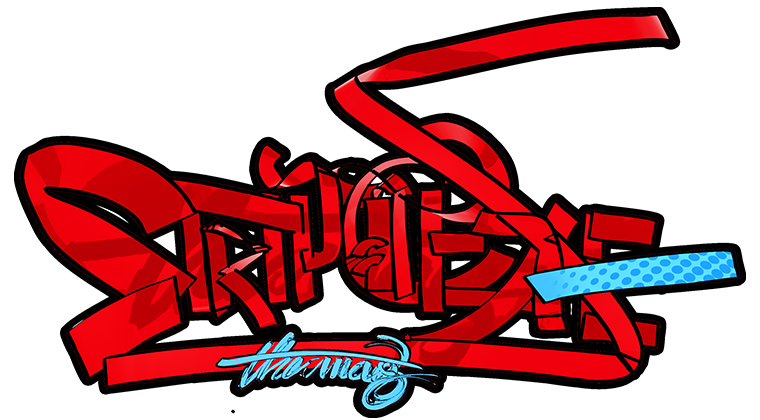Jerry Pinto’s When Crows Are White
Jerry Pinto is a delight to interview but a daunting man to write about. The first is because he’s humble and engaging and startlingly perceptive about human nature. On the other hand, besides having claimed the Hindu Literary Prize last year for his debut novel Em and The Big Hoom, Pinto has a writing career behind him that is as old as twenty years. He is the author of eleven books, nearly each of them from a different genre. He hasn’t written a graphic novel before, but that probably made it the least surprising that this was going to be his next publication.
The book is called When Crows Are White and combines words by Jerry Pinto with black-and-white art by Garima Gupta. At 56 pages it’s a small book, but with wide pages for the reader to take in the detail and the eclecticness of the art. The characters are crows, an odd choice to make for a story, perhaps more so for a story for children, which is what it is. ‘I wanted to talk about the way in which we create the other, the way in which we define ourselves. In India, it’s one of the most important things,’ Pinto tells me over a chat conversation. ‘I wanted to write a fable. I tried several ways, but they ended up sounding preachy and horrible—so I let them fade into oblivion. Then one day, I saw a murder of crows attacking an injured crow. I tried to intervene but the injured crow pecked at me as if it would rather die at the beaks and claws of its own kind. And When Crows are White was born.’
It’s a story that goes straight for the heart, delicately sidestepping the familiar traps of cliché and patronization. Pinto, who has taught for many years and is an active campaigner for child rights, knows better than to take his young readers for granted. The framing story is a lesson in itself—a female crow called Saawri has a premonitory dream that the baby to be hatched from her egg is going to be white. In a murder of crows that is traditionalist to the point that every ‘unnatural’ crow is ‘culled’ without exception, that kind of anomaly simply has no space. To save the life of her unborn child, Saawri seeks recourse into the stories and myths of crows, and the reader follows her through them.
There are fascinating world-creation myths in the book, at least one of which I am sure I’ve never come across. ‘I think I invented the Aviana story, so yes, some of them came from my head,’ admits the author, adding smoothly, ‘but then, all myths have their origin in some head or the other, so I thought why not mine as well.’ The others are products of somewhat painstaking research, often with the help of the author Shanta Gokhale, whom Pinto calls ‘a national treasure for her spirit and her knowledge and her enthusiasm for other people’s ideas’.



